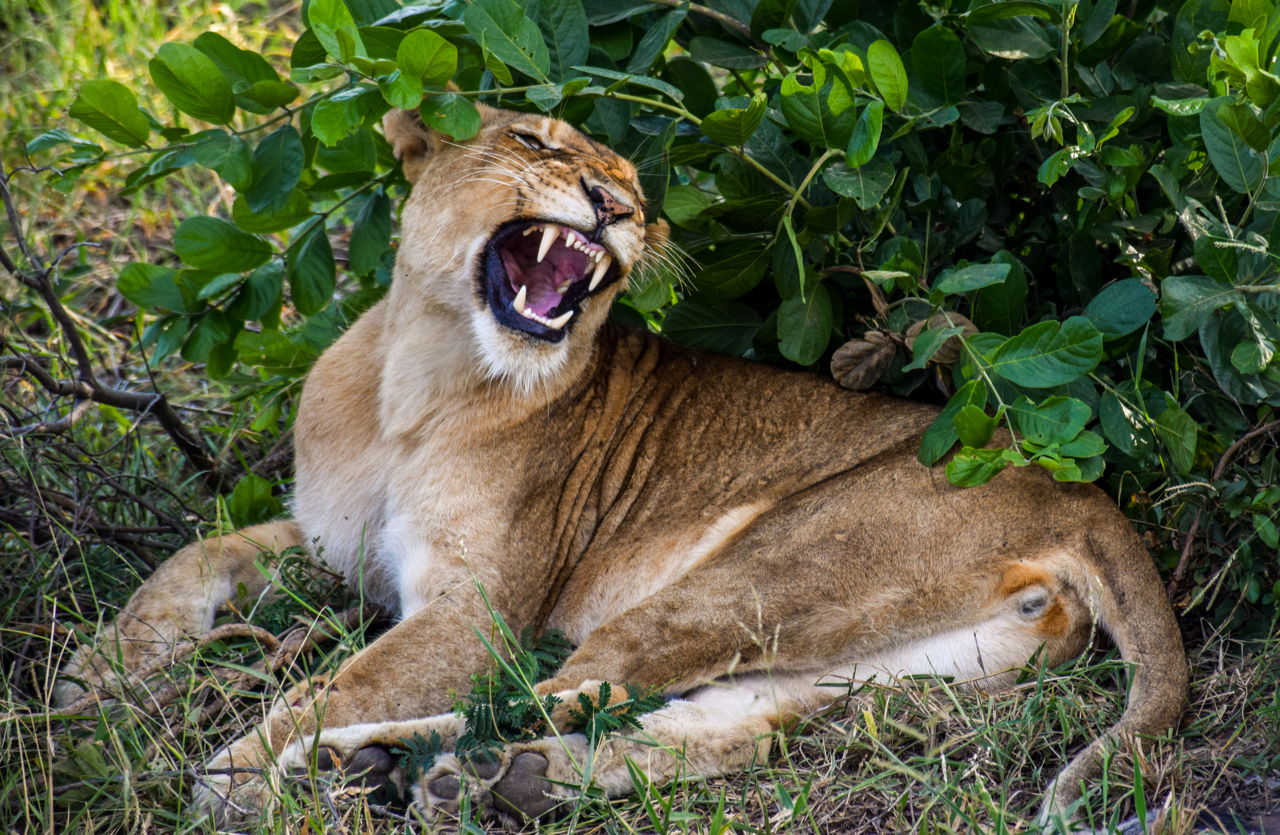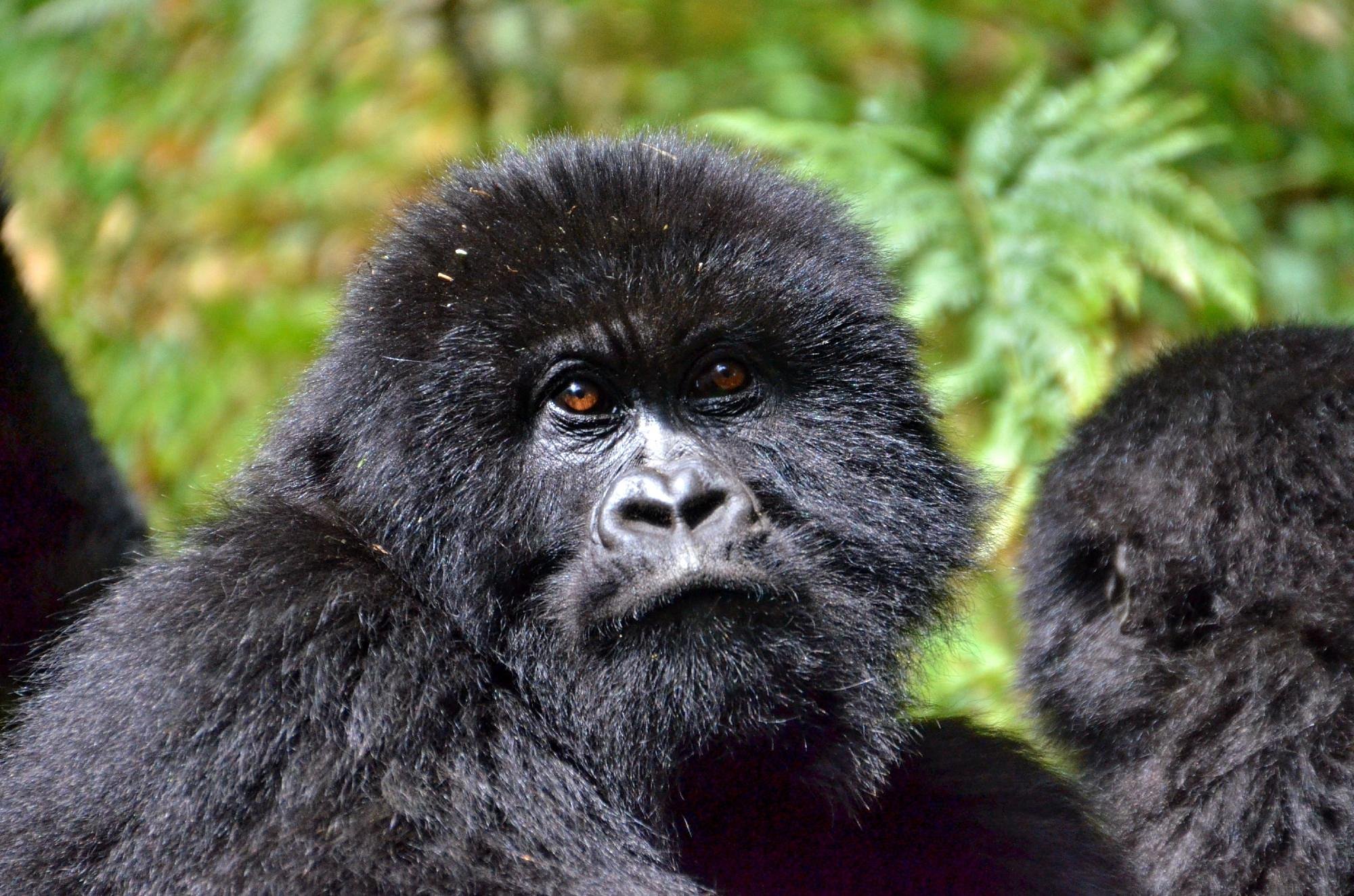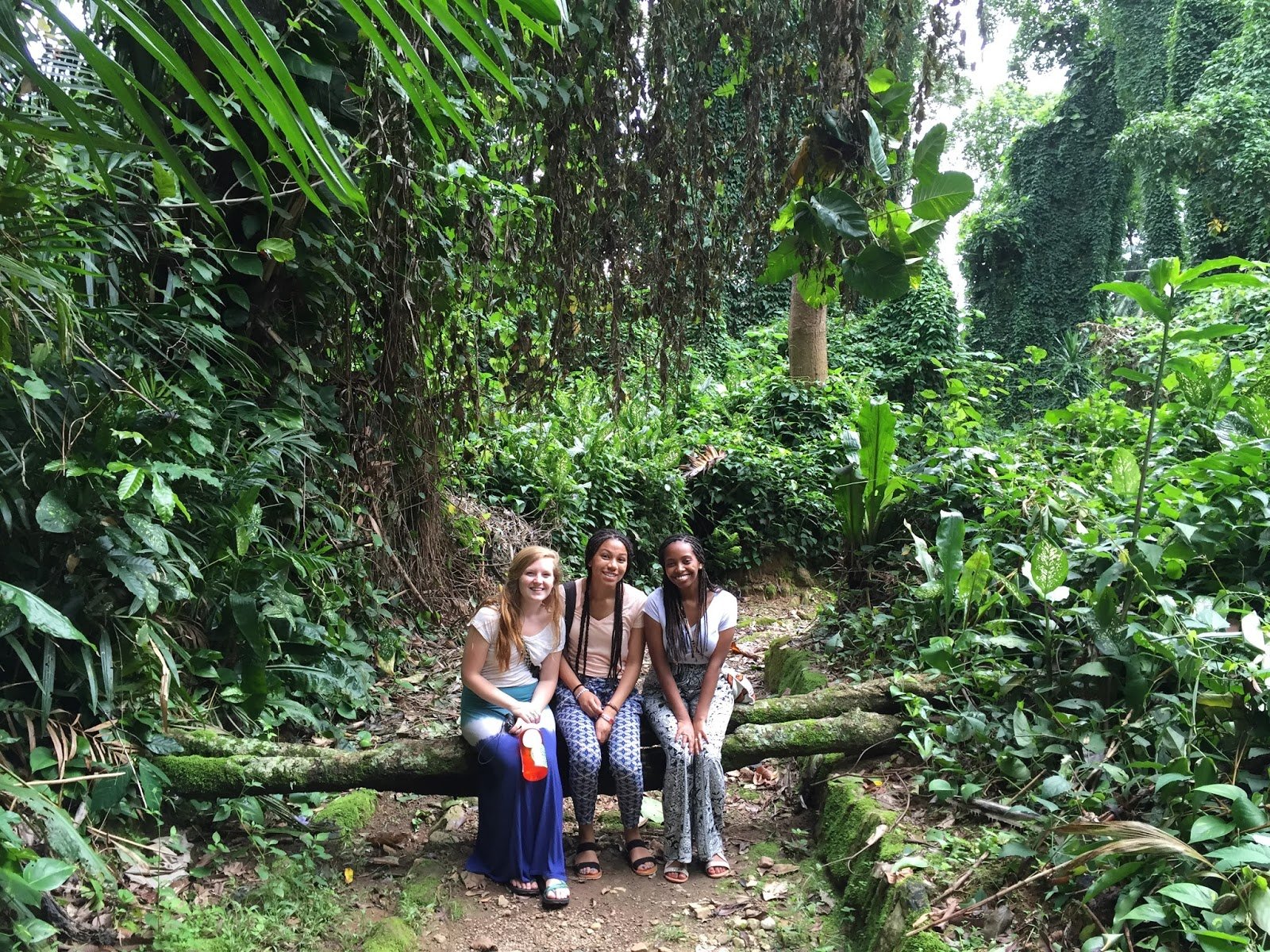The abandoned treasure of Bigo bya Mugenyi
The Chwezi (also known as Bachwezi), were said to be demigods. They are said to have occupied Bigo bya Mugenyi and other parts of western and central Uganda between the 11th and 16th centuries. These people have no clear historical background and their identity is an enigma. Today, this abandoned treasure is being taught in Primary schools in the country and students are made not to forget its rich cultural setting.
A journey to Bigo Bya Mugenyi is about 50km from Sembabule town in Mawogola County. Before continuing to the site, you are advised to report to the tourism police, located a short distance from the site.
Enjoying a cultural walk while at this place requires a well trained guide to lead you to the jungle sprawled out on a rugged landscape that leads to the gate at the site named Kabeho.
While at Kabeho, a visitor is exposed to a diverse collection of cultural objects including the very old spears, which guards used at the camp before reaching the rivers Kachinga and Katonga Rivers. These rivers are believed to contain holly waters and usually, visitors stop at this point and use this water to for cleansing themselves before trekking the long journey to the Bigo Bya Mugenyi forts.
From the rivers, visitor move through thickets to the scenic views of dark-green vegetation that give a splendid view of the hills. There is an exceptional deep green strip which presents the path of the green trenches. For several centuries, this hidden cultural site has not surrendered its secrets to curious inquirers.
Bigo Bya Mugenyi is blessed with a thick jungle which harbors numerous wild animals including the bush backs, snakes and leopards. These mammals spice up a safari to the site and it is on record that no tourist has ever been attacked by the mammals. Local people around Bigo Bya Mugenyi believe that it is ominously unlucky to be rained on while at this cultural site, which is also translated as forts of a stranger.
After a long adventurous walk through the jungle, a very steep hill that leads to the first site of Bigo Bya Mugenyi is finally reached at. At this first site, there are many grass-thatched huts where the site keepers live. As you continue moving forward, there is a fenced and well kept site on a slightly raised ground. This is where people go to pray to the Chwezi gods for wealth and blessings.
There is also a big historical hut at the site which is enclosed in bamboo. Inside this hut, there are calabashes from which people take water and milk plus offering milk sacrifices to the gods. There are also big drums that are sounded when people gather to pay homage and pray to the gods. At the entrance of the hut, there are 2 baskets where people put money to thank the gods for what they have done.
From Mugenyi’s fort, a visitor can continue to other cultural sites of Nakayima and Ndawula. These 2 historical sites are just 2km from Mugenyi’s forts. According to Singel, a senior guide at the site, people from different forts used to gather at Ndawula cultural site to get blessings. However, the gods at this site are said to have disappeared and are now kept by people who gather there for prayers. He said that currently, the site receives 20-40 people who mainly visit to pray to the Chwezi gods and once in a while tourists are hosted.
Though all the 3 cultural sites at Bigo Bya Mugenyi are adventurous , Mugenyi site is more prominent than Ndawula and Nakayima. These 3 sites were thronged by various people with an aim of getting blessings and asking for their needs.



